Exploring Spiritual Sanctuaries: Must-Visit Temples and Ashrams in UttarakhandNestled in the folds of the Himalayas, Uttarakhand, often referred to as 'Devbhoomi' (the Land of Gods), is a treasure trove of spiritual heritage, blending the profound tranquility of its natural landscape with a deep-rooted religious culture. For those on a spiritual quest or simply seeking a peaceful retreat away from the chaos of everyday life, Uttarakhand offers an array of sanctified spaces. Here’s a curated guide to some must-visit temples and ashrams that embody the soul of this sacred state. 1. Badrinath TempleLocated in the town of Badrinath, this temple is one of the most important pilgrimage sites in India. Dedicated to Lord Vishnu, it is one of the Char Dhams and the Chota Char Dhams that devout Hindus aspire to visit in their lifetime. The temple, set against the backdrop of the Neelkanth mountain peak, is more than just a religious site; it’s a place where the divine seems palpably close. Visiting during the early summer months lets you avoid the heavy snowfalls of winter, offering a more comfortable pilgrimage. 2. Kedarnath TempleAnother pivotal part of the Char Dham pilgrimage, Kedarnath is dedicated to Lord Shiva and stands at an impressive altitude of 3,583 meters, surrounded by snowy peaks. The temple’s architecture is awe-inspiring, built of massive stone slabs over a large rectangular platform. The spiritual vibrations here are as palpable as the cold of its high-altitude climate. Due to its location, it is open only between April (end) and November (start), as it remains snow-bound for the rest of the year. 3. Neem Karoli Baba Ashram in KainchiThis ashram is a relatively modern spiritual retreat known for its association with Neem Karoli Baba, a revered saint who inspired many, including Steve Jobs and Mark Zuckerberg, to make pilgrimages to this site. Located near Nainital, the serene ambiance of Kainchi Ashram offers the perfect environment for meditation and introspection. It’s particularly famous for its annual bhandara (feast) on June 15, which attracts thousands of devotees. 4. Tunganath TempleClaimed to be the highest Shiva temple in the world, Tunganath is part of the Panch Kedar pilgrimage circuit and is perched at an altitude of 3,680 meters. The trek to the temple is both challenging and rewarding, with panoramic views of the surrounding valleys and snow-capped peaks. Tunganath encapsulates a mystical aura that is both invigorating and soothing. 5. Gangotri TempleLocated in the quaint town of Gangotri, this temple is dedicated to Goddess Ganga and marks the origin of the holy River Ganges. Surrounded by the majesty of the Himalayas, the temple sits at an altitude of over 3,000 meters and offers a breathtaking view of the untouched surroundings. The physical journey to Gangotri is as transformative as the spiritual pursuit, with the temple serving as a stark reminder of nature’s purity and the importance of preservation in Hindu mythology. The best time to visit is from April to June and from September to October, avoiding the monsoon season when the routes can be perilous. 6. Yamunotri TempleYamunotri, the source of the Yamuna River and the seat of Goddess Yamuna, is another significant stop in the Char Dham pilgrimage. This temple, ensconced amidst the Garhwal Himalayas, offers not just spiritual solace but also incredible scenes of natural splendor. Pilgrims typically cook rice in the hot springs nearby, sealing it in cloth to offer at the shrine. The trek to Yamunotri itself is exhilarating, often beginning from the town of Janki Chatti. 7. Rudranath Temple This temple is part of the revered Panch Kedar trek that includes five temples associated with Lord Shiva. Rudranath is where Shiva’s face is said to have appeared. To reach this sacred site, devotees undertake a challenging trek that takes them through dense forests and alpine meadows, with each step steeped in a sense of deep spiritual endeavor and closeness to nature. The temple's remote location makes it less frequented, thus offering a more intimate experience for those who make the journey. 8. Madmaheshwar TempleAnother temple in the Panch Kedar route, Madmaheshwar, is celebrated for hosting the navel of Lord Shiva. Located at an altitude of about 3,289 meters, the temple is surrounded by lush green meadows and snow-capped peaks, presenting a stunning vista that complements the spiritual vibe of the place. The journey to Madmaheshwar is noted for its scenic beauty and the sense of peace that travelers find as they walk through the rhododendron forests and across alpine pastures. 9. Chandi Devi Temple, HaridwarSituated atop the Neel Parvat in Haridwar, the Chandi Devi Temple is another significant pilgrimage site, accessible by a steep hike or cable car. The temple is dedicated to Goddess Chandi. Legend has it that it was here that the Goddess rested after killing the demon kings Shumbha and Nishumbha. The temple offers not only a spiritual uplift but also panoramic views of the surrounding plains and the meandering River Ganges. 10. Kartik Swami TempleDedicated to Lord Kartikeya, son of Lord Shiva, this temple offers an off-the-beaten-path spiritual experience. Located near Rudraprayag, the temple is accessed via a trek that is as picturesque as it is spiritually rewarding. The trek through rhododendron forests and past quaint villages provides a glimpse into the serene rural life of Uttarakhand. The panoramic views of the Himalayan ranges from the temple are mesmerizing, particularly at sunrise and sunset. 11. Jageshwar DhamSituated in a dense forest of deodar trees near Almora, Jageshwar is considered one of the twelve Jyotirlingas, the sacred abodes of Shiva. This temple complex with over 100 small and big shrines, including the main shrine of Jageshwar Mahadev, is not just a center for pilgrimage but also a significant archaeological site. The serene and mystical atmosphere of the temple, enhanced by the cool shade of the ancient trees, makes it an ideal spot for meditation and spiritual rejuvenation. 12. Kunjapuri TemplePerched on a hilltop near Rishikesh, Kunjapuri Temple offers spiritual solace alongside panoramic views of the Doon Valley and the snow-covered peaks of the Himalayas. The temple is dedicated to Goddess Sati (Parvati) and is one of the three Siddha Peeths in Tehri district. Visitors often combine their temple visit with a trek during sunrise or sunset, adding a layer of natural splendor to their spiritual quest. 13. Dhari Devi TemplePositioned on the banks of the Alaknanda River, Dhari Devi is revered as the guardian deity of Uttarakhand. The temple is unique because it houses only the upper half of the deity's idol. According to local belief, Dhari Devi plays a crucial role in controlling the natural calamities in the region. The setting of the temple, on a rock in the midst of the river, makes it a dramatic and powerful place of worship, especially during the monsoon when the river swells around the idol. 14. Hemkund SahibAlthough not a Hindu temple, Hemkund Sahib is a significant pilgrimage site in Uttarakhand, located at an altitude of over 4,000 meters above sea level. It is a Sikh Gurudwara and is associated with Guru Gobind Singh, the tenth Sikh Guru. Surrounded by seven mountain peaks and a glacial lake, the setting of Hemkund Sahib is serene and awe-inspiring. The pilgrimage to Hemkund Sahib is a testament to the spiritual ardor and resilience of its visitors, who undertake this challenging trek through stunning, yet rugged, terrain. 15. Adi BadriThe Adi Badri temple complex is part of the revered Sapta Badri temples and holds historical significance dating back to the Gupta period. Located near Karnaprayag, this group of sixteen temples is set in a picturesque landscape, offering a quieter alternative to some of the more frequented pilgrimage sites. These ancient temples dedicated to Vishnu provide insight into the early medieval architectural style and religious practices in the region. 16. Nanda Devi TempleSituated in Almora, this temple is dedicated to Goddess Nanda Devi, who is venerated as the patron goddess of the Kumaon region. The Nanda Devi Fair, held annually, is a major cultural and religious event drawing thousands of locals and tourists. The temple itself, with its distinctive Kumaoni architecture, stands as a cultural symbol of the region, providing spiritual grounding and community identity. 17. Triyuginarayan TempleFamed for its mythical connection to the marriage of Lord Shiva and Goddess Parvati, the Triyuginarayan Temple is often referred to as the "Venice of the East." The eternal flame, which is said to have witnessed the divine marriage, burns in front of the temple to this day. This flame makes the temple a popular site for Hindu weddings. Nestled amidst lush greenery and views of snow-capped mountains, the temple offers a blend of divine presence and natural beauty. 18. LakhamandalLakhamandal is on the banks of the Yamuna river and is associated with legends from the Mahabharata. It is believed that the Kauravas tried to burn the Pandavas alive in a house made of lac here. The site features an ancient temple dedicated to Shiva, made of graphite, which reflects its antiquity and the architectural prowess of its builders. For those interested in history and mythology, Lakhamandal provides a deep dive into both. 19. Neelkanth Mahadev TempleOne of the most revered holy sites dedicated to Lord Shiva, Neelkanth Mahadev Temple is situated at the confluence of the Pankaja and Madhumati rivers, near Rishikesh. It is named after Lord Shiva, who is said to have consumed the poison that emanated from the sea during the great churning of the ocean, which turned his throat blue ('Neel' means blue and 'Kanth' means throat). Surrounded by dense forests and situated atop a hill, the temple offers a picturesque and tranquil environment for devotees. The journey to Neelkanth Mahadev itself is a spiritual trek through natural beauty, adding to the sanctity and charm of the visit.
A Thrill Seeker's Guide: Adventure Activities to Try in UttarakhandNestled in the lap of the majestic Himalayas, Uttarakhand is a paradise for adventure enthusiasts. From heart-pounding treks to adrenaline-pumping water sports, this northern state of India offers a plethora of thrilling activities for every adventure seeker. Let's embark on a virtual journey through Uttarakhand and explore some of the most exhilarating adventures it has to offer. 1. Trekking in the HimalayasUttarakhand is synonymous with trekking, boasting a myriad of trails that cater to all levels of trekkers. Whether you're a novice or an experienced trekker, there's a route for everyone. Some popular treks include the Valley of Flowers trek, Roopkund trek, and the Kuari Pass trek. Traversing through lush forests, quaint villages, and towering peaks, trekking in Uttarakhand is an experience like no other. Best Time: The best time for trekking in Uttarakhand is during the summer and autumn months, from April to November, when the weather is pleasant and the trails are accessible. Cost: The cost of trekking varies depending on factors such as the duration of the trek, the route chosen, and whether you opt for a guided tour or trek independently. On average, a guided trek can range from ₹10,000 to ₹30,000 per person, including permits, accommodation, meals, and guide fees. 2. River Rafting in RishikeshRishikesh, the 'Yoga Capital of the World,' is also renowned for its thrilling river rafting experiences. The Ganges River offers rapids ranging from easy to challenging, making it suitable for both beginners and seasoned rafters. Brace yourself for an adrenaline rush as you navigate through the tumultuous waters amidst breathtaking landscapes. Best Time: The best time for river rafting in Rishikesh is during the post-monsoon season, from late September to mid-November, and the pre-monsoon season, from early March to late May, when water levels are ideal for rafting. Cost: The cost of river rafting in Rishikesh depends on the length of the rafting stretch and the rafting operator. Prices typically range from ₹600 to ₹2000 per person for a rafting session, including equipment rental, guide fees, and transportation to and from the rafting point. 3. Bungee Jumping in Mohan ChattiFor those seeking an ultimate adrenaline rush, bungee jumping in Mohan Chatti near Rishikesh is a must-try. Suspended from a height of over 80 meters, you'll experience an exhilarating free fall before bouncing back. The stunning backdrop of the lush greenery and the gushing river below adds to the thrill of this adventure. Book Nainital Tour at best price . Best Time: Bungee jumping in Mohan Chatti is available year-round, except during the monsoon season when the activity is suspended due to safety reasons. However, the best time to enjoy bungee jumping is during the winter and spring months, from October to March, when the weather is pleasant. Cost: The cost of bungee jumping in Mohan Chatti is approximately ₹3500 to ₹4500 per person, which includes the bungee jump, video recording of the jump, and a certificate of participation. 4. Paragliding in NainitalFly like a bird and soak in the panoramic views of the Himalayas with paragliding in Nainital. Glide through the clear blue skies while enjoying the serenity of the surrounding hills and lakes. Whether you're a beginner or an experienced paraglider, Nainital offers a perfect setting to take to the skies and feel the wind beneath your wings. Best Time: The best time for paragliding in Nainital is during the spring and summer months, from March to June, and the autumn months, from September to November, when the weather conditions are favorable for flying. Cost: The cost of paragliding in Nainital ranges from ₹1500 to ₹3000 per person for a short tandem flight, and ₹3000 to ₹5000 for a longer solo flight, including equipment rental and instructor fees. 5. Skiing in AuliWith its pristine slopes and powdery snow, Auli offers an unmatched skiing experience in the Indian subcontinent. Whether you're a novice or an expert, there are slopes suited for all skill levels. So gear up, hit the slopes, and carve your way through the winter wonderland of Auli. Explore Auli Tour Packages and discover why it's often hailed as the 'Switzerland of India.' Best Time: The best time for skiing in Auli is during the winter months, from December to February, when the slopes are blanketed with snow and the skiing season is in full swing. Cost: The cost of skiing in Auli varies depending on factors such as ski equipment rental, ski lift tickets, and ski instructor fees. On average, a day of skiing in Auli can cost between ₹1500 to ₹5000 per person, including equipment rental and ski lift tickets. 6. Mountain Biking in MussoorieDiscover the breathtaking landscapes of Mussoorie with exclusive Mussoorie Tour Packages. Experience the thrill of exploring this picturesque destination on two wheels with mountain biking. Whether you prefer leisurely rides along scenic trails or adrenaline-pumping downhill descents, Mussoorie has something for every biking enthusiast. Traverse through pine forests, quaint villages, and winding roads as you immerse yourself in the natural beauty of the Himalayan foothills.
Best Time: The best time for mountain biking in Mussoorie is during the spring and autumn months, from March to June, and September to November, when the weather is pleasant and the trails are dry. Cost: The cost of mountain biking in Mussoorie depends on factors such as bike rental, guide fees, and transportation. On average, a half-day mountain biking tour can cost between ₹1000 to ₹2000 per person, including bike rental and guide fees. Unveiling the Hidden Gems: Offbeat Destinations to Explore in Uttarakhand |
AuthorWrite something about yourself. No need to be fancy, just an overview. ArchivesCategories |
|
PACK THE BAG TOURS
Certified byCERTIFICATE NO: UTTR/DEHRADUN/08-2019/003412
Head Office - Shop No. 2 Near Swastik Plaza Banjarawala, Dehradun, Uttarakhand- 248001 ( INDIA) GST NO - 05BPZPB5206G1ZX |
Connect
|
for complaint or to get immediate response call at 9634996980 (24 X 7)
© Copyright 2014-24 PACKTHEBAGTOURS.COM


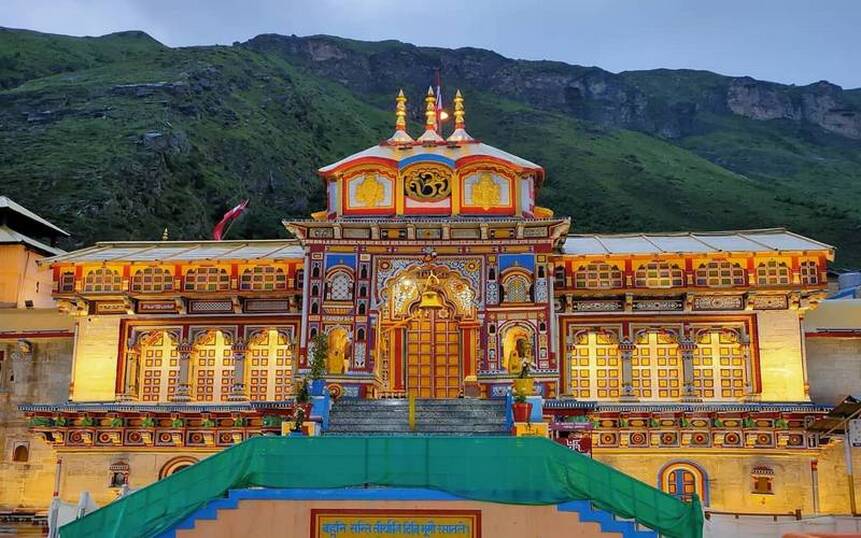





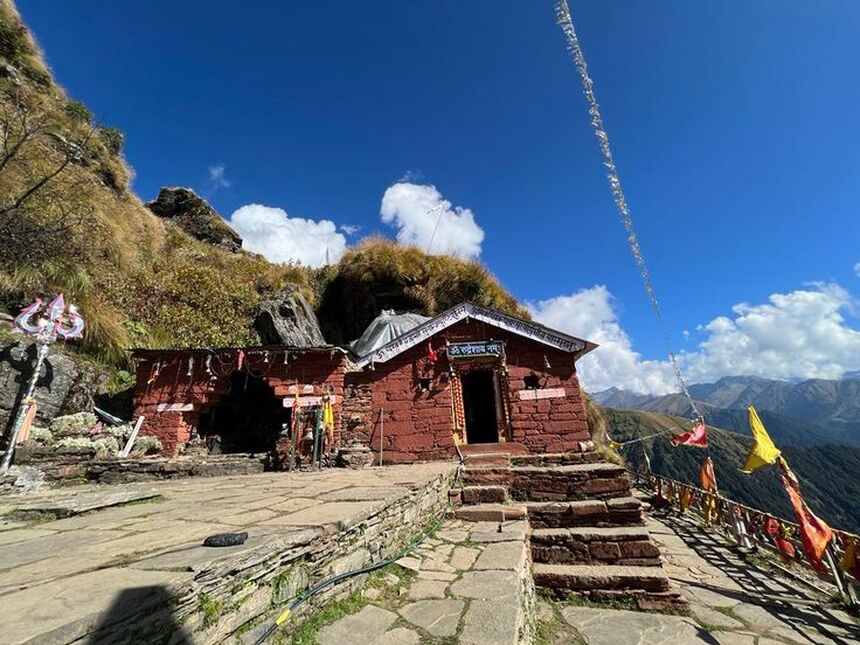
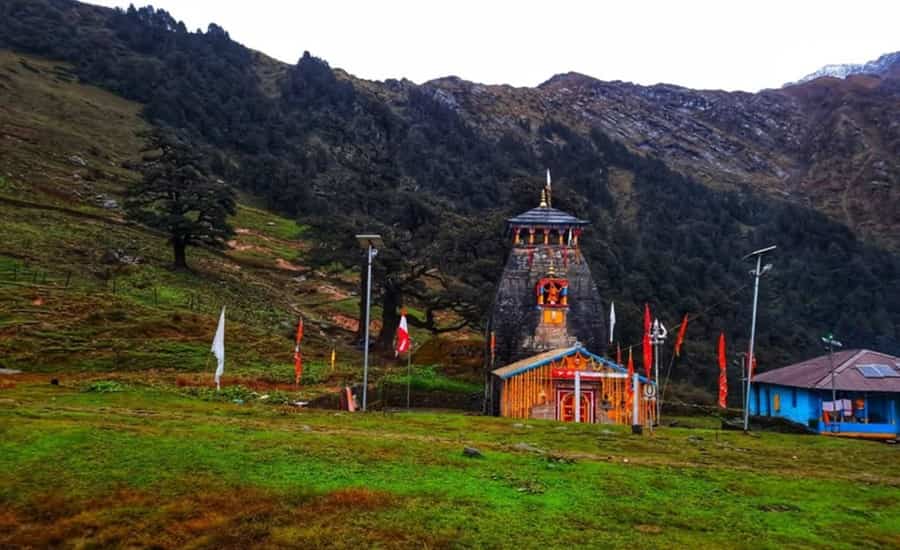

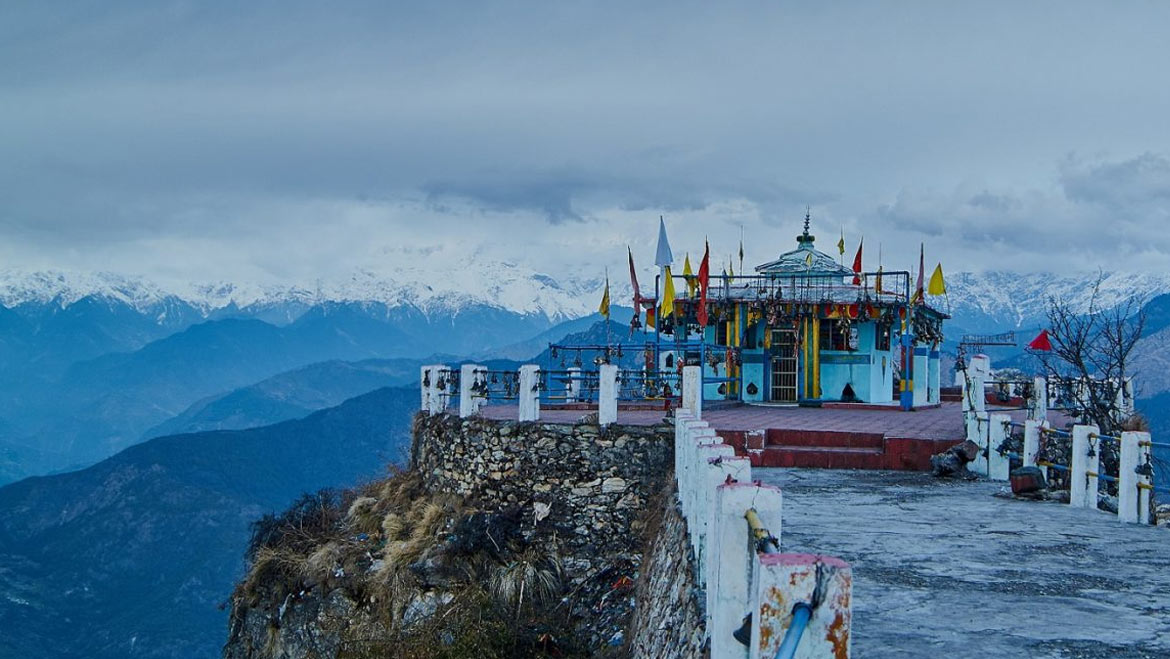


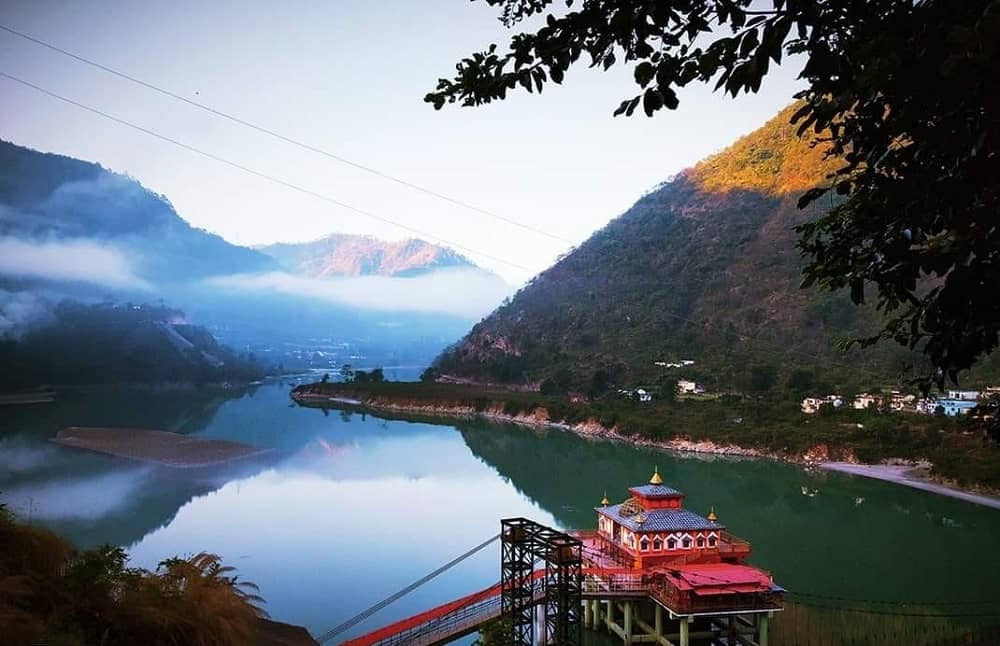











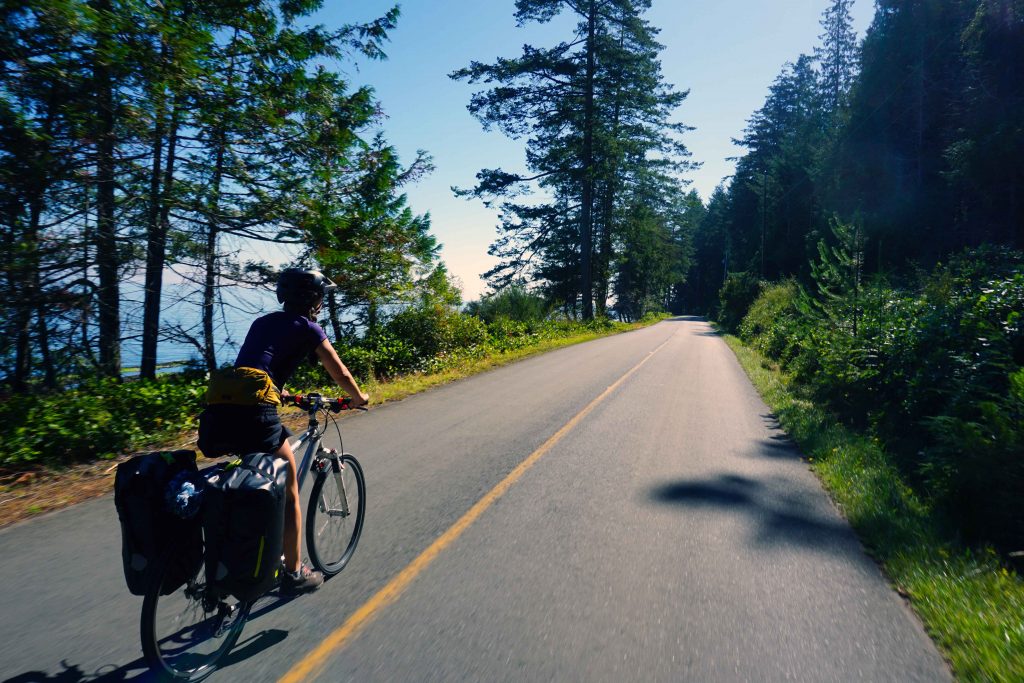
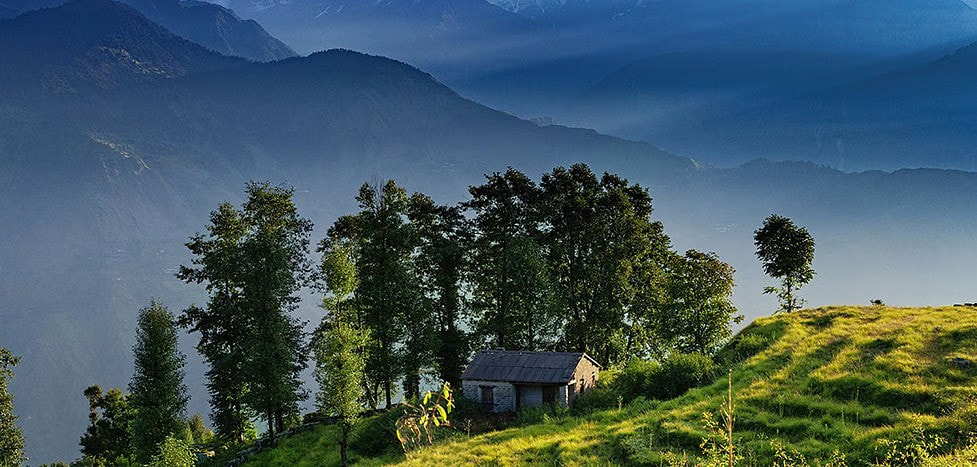

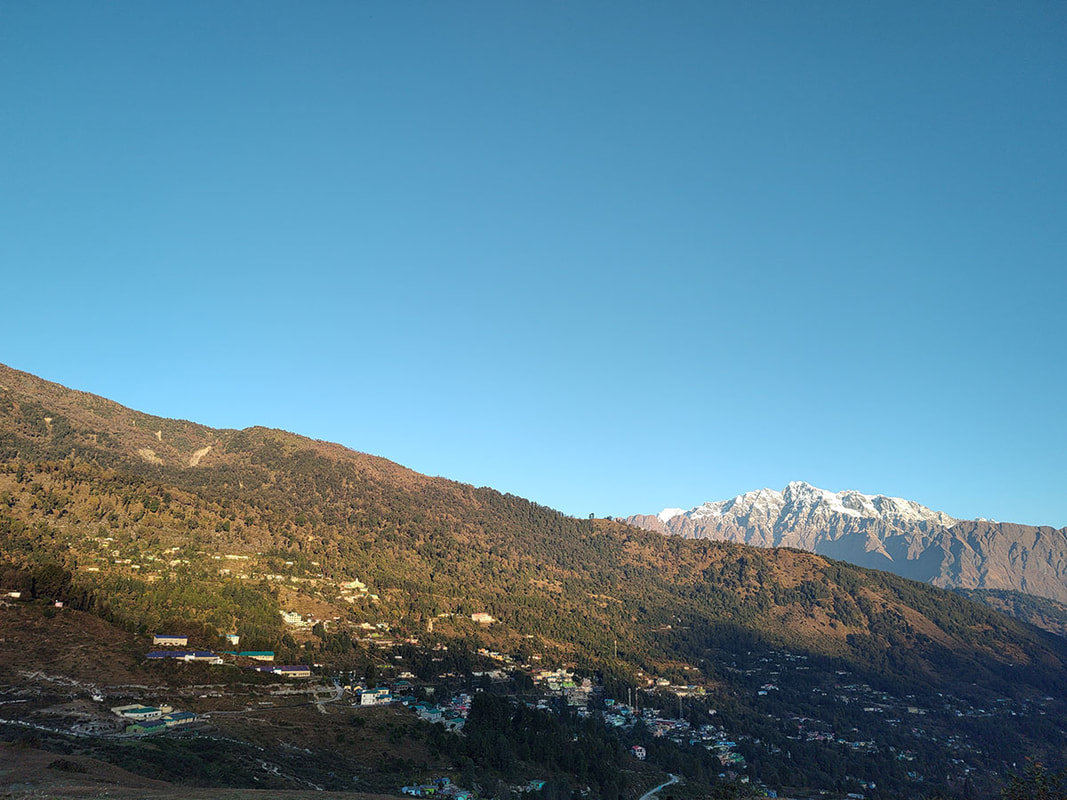



 RSS Feed
RSS Feed








